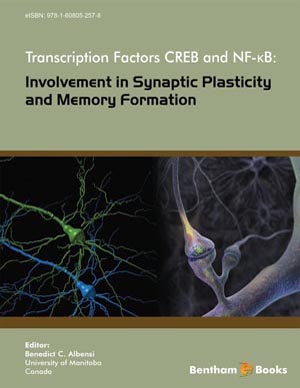Abstract
The excitability of neurons is due to electrical and chemical phenomena. Motion of ions is described by currents and potential, moreover intricate chemical cycles are described by amplitudes and delays. Starting from what is usually known about synapses and Hodgkin-Huxley axon, we describe first all the parts of a standard neuron (from its input till the input of the following neuron). Then, looking at various physical constraints, we generalize to any kind of neuron. Thus, the synthesis of the physicochemical properties of the cell enables us to compute when spikes occur. Now, we show that the firing rate is the significant nervous message. So, from the input – output relations, we are able to compute the processing abilities of any neuron (some of them make linear additions; others exhibit an ON-OFF behavior, and so on). The next step is to evaluate limitations caused by noise and to study little sets of neurons (of simple animals or very well localized in man, for instance the center controlling breathing). Then, we begin to look the three main functions of huge neuronal sets: to code sensorial message, to choose between competitive signals, to modulate other neuronal sets.
Keywords: Axon, channels, control potential, elementary operations, generalized Ohm’s law, G protein, heart oscillators, Hodgkin-Huxley axon, hormones, ionic concentrations, modulations, Nernst potentials, pheromones, pneumotaxic center, rest potential, spike, synapse, threshold, transmitter, typical neurons.















